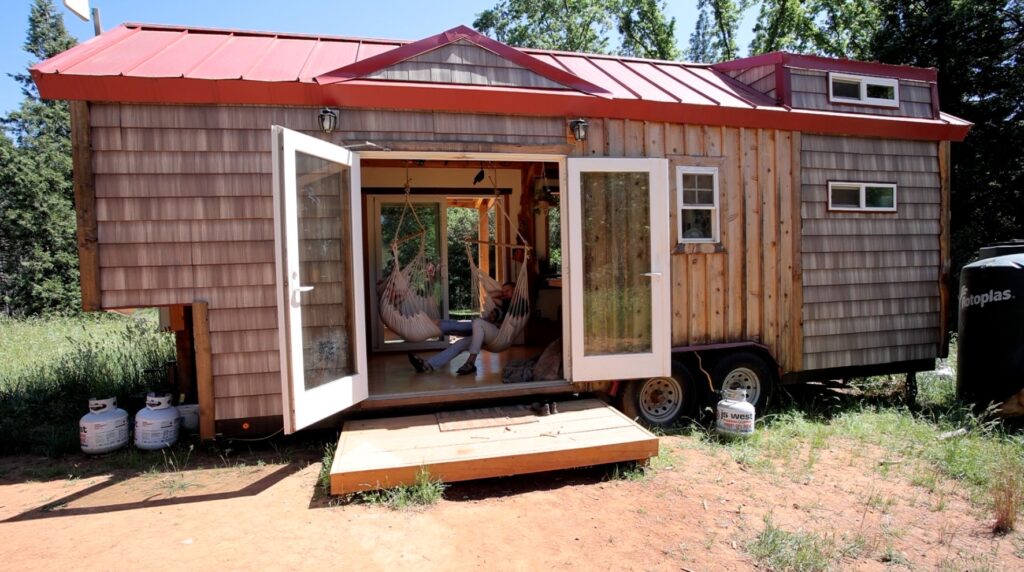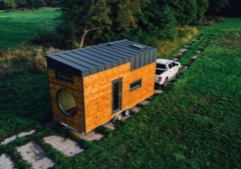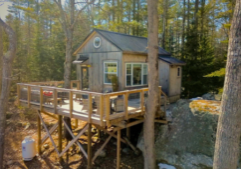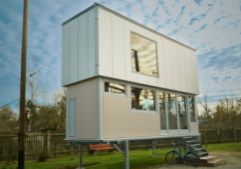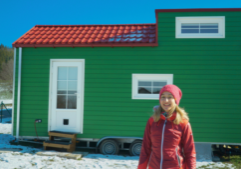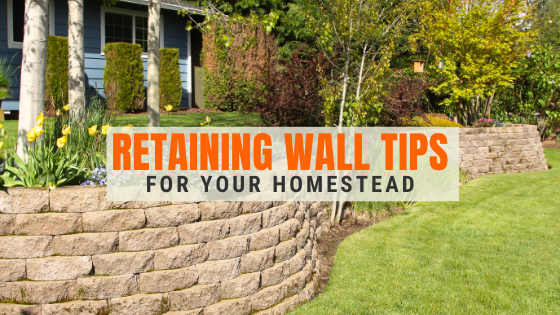
Building a Retaining Wall for Your Homestead
Retaining wall tips & ideas for your small house homestead!
Getting started on a small or tiny house homestead? A retaining wall is a landscaping improvement that protects your property from flooding damage while adding an attractive element to it. It slows down soil erosion and can help to increase your property’s value. Additionally, it can serve as a property boundary marker to prevent encroachment.
You can choose from a variety of materials, add creative flair, and do it yourself to build a low-cost retaining wall.
In this article, we’ve outlined crucial tips for building a retaining wall.
1) Choose the right building material
There are various retaining wall materials, including concrete, blocks, natural stones, and large timber. The right building material depends on your reason for building the wall, style, and budget. Consider materials you can easily work with, such as manufactured blocks designed for retaining walls if you're doing it yourself.
It is important to also consider any moisture-related issues that may arise and prepare accordingly. For instance, if you choose wood to build your retaining wall, treat it with lumber to minimize water damage and boost longevity. When selecting retaining wall products, consider the aesthetic effect and the desired finished look.
Additionally, you can choose natural building materials found on your property like stones or dirt to fill earthbags. These labor-intensive options can save you hundreds to thousands of dollars. Keep in mind, the construction time is at least triple that of using store-bought alternatives.
“Earthbag construction is an inexpensive method using mostly local soil to create structures which are both strong and can be quickly built.”
2) Consult with local authorities
Retaining walls may cause water flow complications, affecting the surrounding environment and neighbors. This is why you should consult with the authorities and submit your building plans before starting with the project. You should also contact Dig Safe to alert you about buried lines and cables, to avoid damaging buried utilities.
3) Build a strong foundation
Your retaining wall is as strong as its foundation. If you're building a retaining wall no more than four feet, fill the trench with three inches of crushed rock to ensure a robust support system. The right trench depth depends on the wall's proposed height. Nevertheless, the rule when digging a trench is to be an eighth of the wall plus three inches. Since soil exerts a lot of pressure, a strong foundation keeps your retailing from collapsing.
4) Ensure the surface is level
When constructing a retaining wall, using a level surface is imperative. When setting the wall’s first course, ensure it’s on a flat surface as that will determine if the subsequent courses will be level. Consider using a carpenter's level to ensure that the area is completely flat. Failure to do so results in a lopsided, unattractive finished product.
5) Allow for drainage
Groundwater is a retaining wall’s natural enemy. If the water saturates clay-type soils, they swell, putting excess pressure on the wall’s backside, developing cracks over time. To avoid retaining wall drainage problems, backfill any space behind the blocks with crushed stone, then install a flexible drain tile at the wall's base to create an escape route for the groundwater, draining water from each end of the wall. Camouflage the appearance of the drainpipe's ends by covering them with crushed stone.
6) Do a proper backfill
Once the drain tile is in place, backfill the remaining space behind the blocks with pea gravel or sand, allowing water to go through to the drain pipe. For good results, backfill with some inches after laying each block course compact the material using a hand tamper to ensure it's tightly packed, offering extra support from the soil pressure behind the wall.
Building a Retaining Wall for Your Homestead
Retaining walls are an excellent landscaping addition that solves soil erosion issues, boosts aesthetics, and increases property value. Use these tips to build a strong, durable retaining wall.

